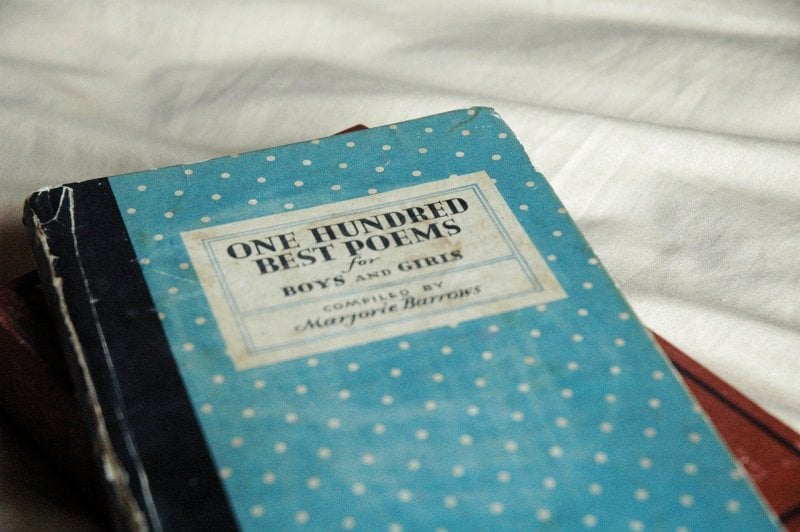
The Rise in Popularity of Poetry
Those who think that poems are dull and remember being forced to recite them at school may be surprised to learn that poetry is rising in popularity. Young writers have brought verse into the modern world of literature. This blog will explore the three main types of poetry and introduce readers to some representative examples. Exciting articles will introduce new contemporary poets, including Matt Abbott, Theresa Lola, Jay Bernard, and Toria Garbutt, showcasing their work. The past is undoubtedly not forgotten, and in-depth content will also focus on some of the most outstanding classical poetry.
The Modern Poetry of Matt Abbott
21 Mar 2022
For those individuals who actually think poetry is not for the younger generation, have a quick listen to Matt Abbott. This rising star from the UK describes himself as an educator and an activist, and his poetry is written in easy-to-understand everyday language.
The Unquantifiable Nature of Poetry
15 Feb 2022
Because poetry exists in the subjective realm, it can never be quantified scientifically. This concept is admirably illustrated in the 1989 film Dead Poets’ Society, in which the protagonist, a poetry professor, instructs his students to disregard everything that they’ve read in a stodgy poetry textbook.
Rumi: Poetry as Inspiration
10 Jan 2022
A well-written verse can be beautiful; everybody knows that. However, what’s less well known is that poetry can also be a source of profound inspiration. Some of the most inspiring, life-affirming poems ever written were composed by Jalaluddin Rumi, a Muslim scholar and Sufi master who lived in 13th-century Persia.
How to Write Good Poetry
2 Dec 2021
Many lovers of verse are deterred from attempting to write their own poetry on the mistaken assumption that this requires special knowledge or training. The truth, however, is that anyone can write good verse, especially if they study the tremendous poetical works of the past, such as T.S. Eliot’s Wasteland.